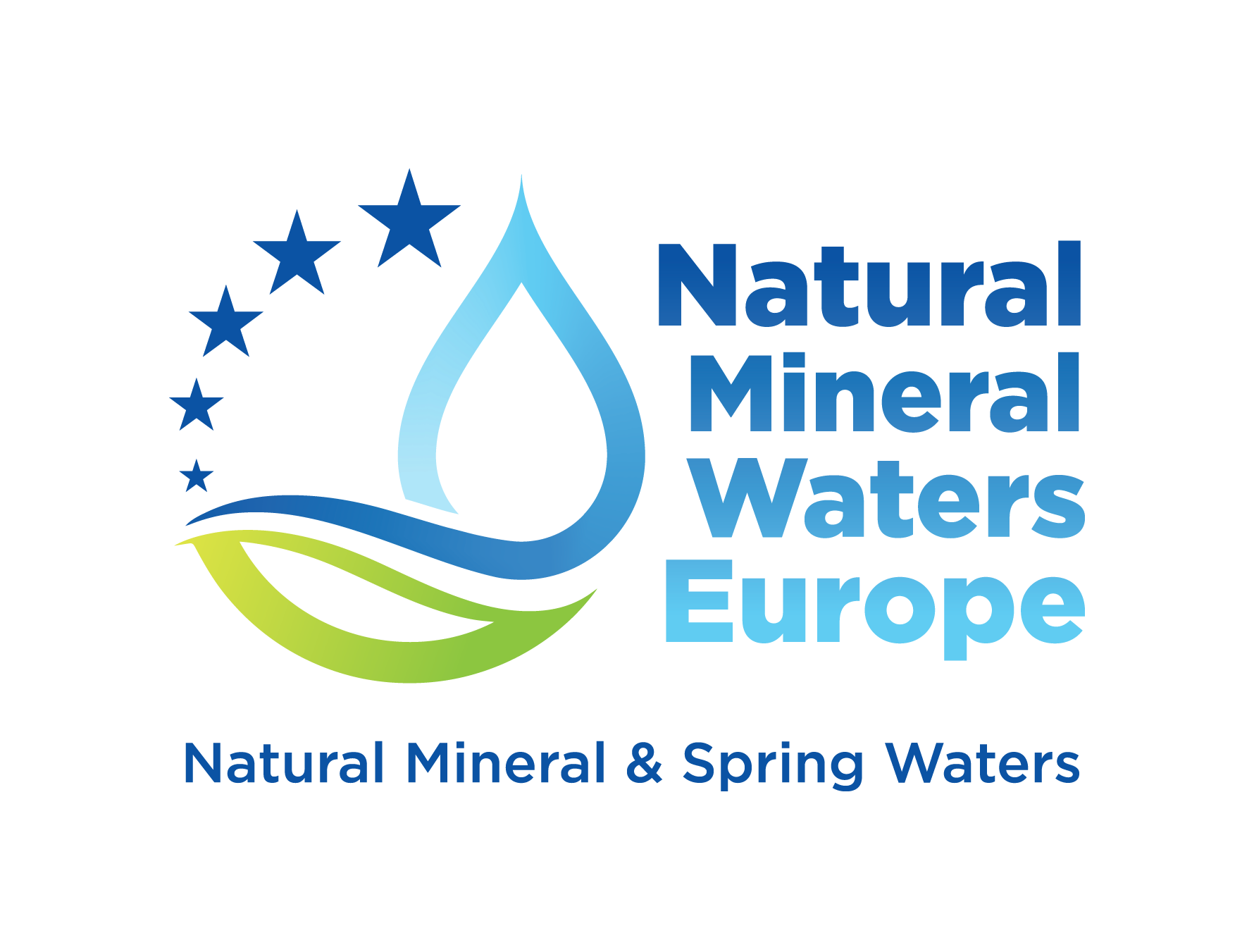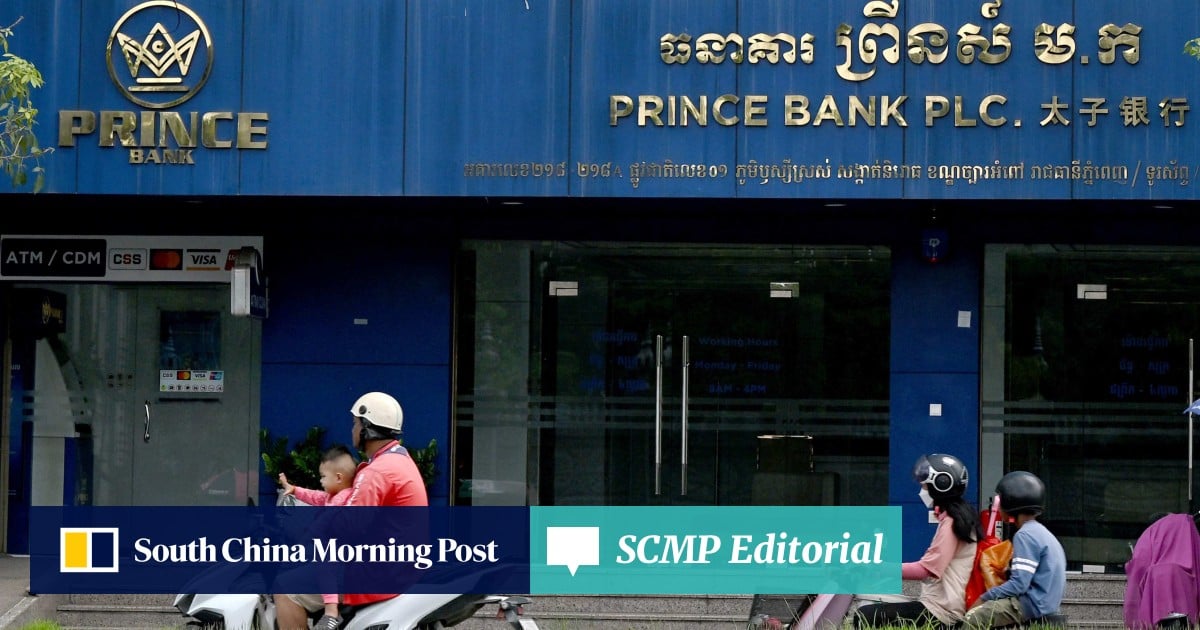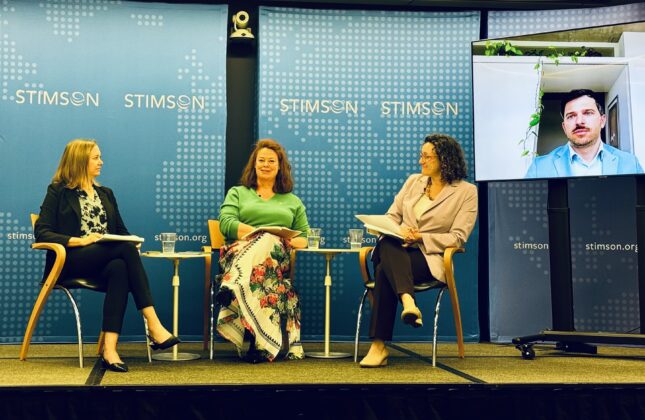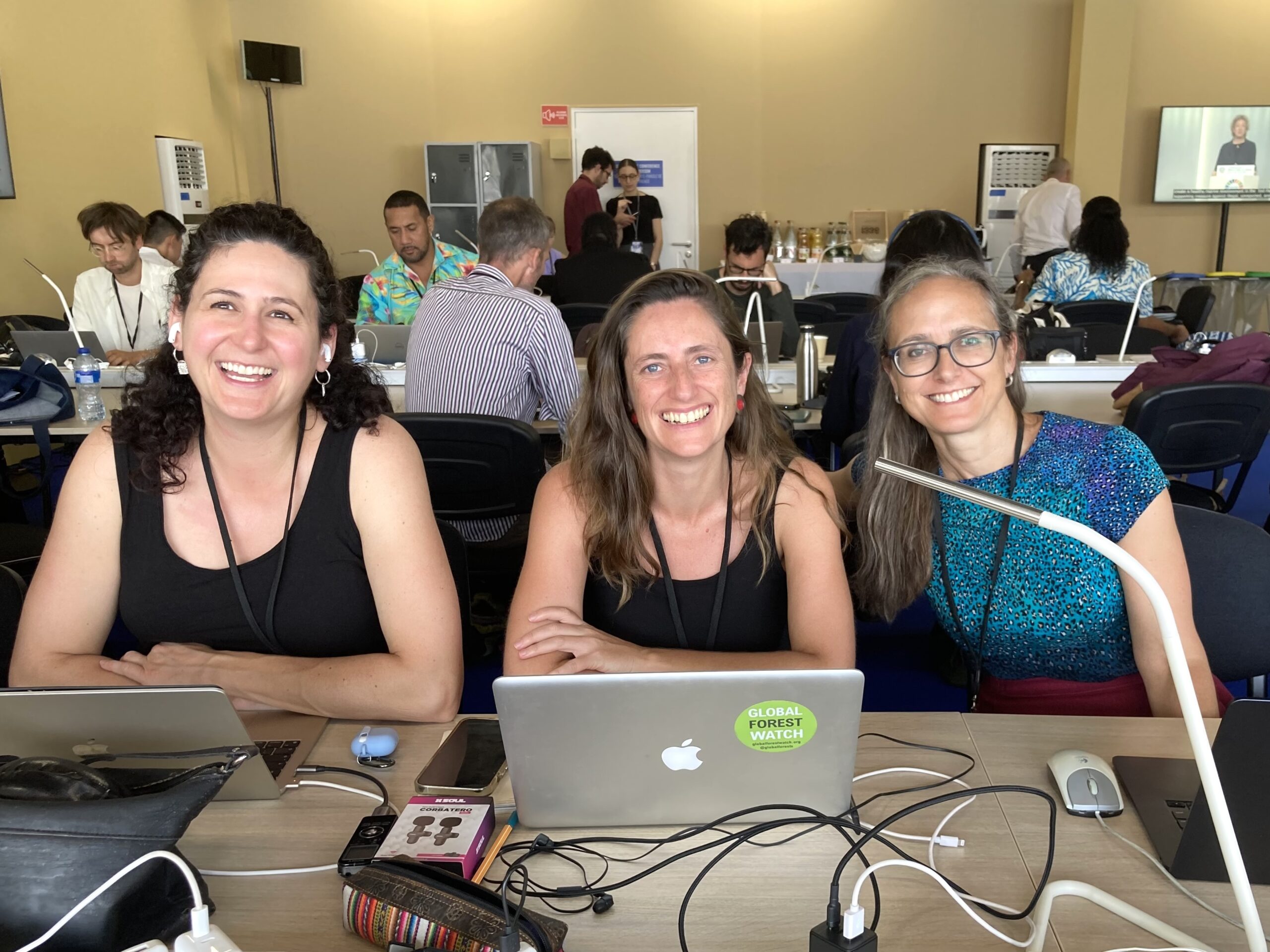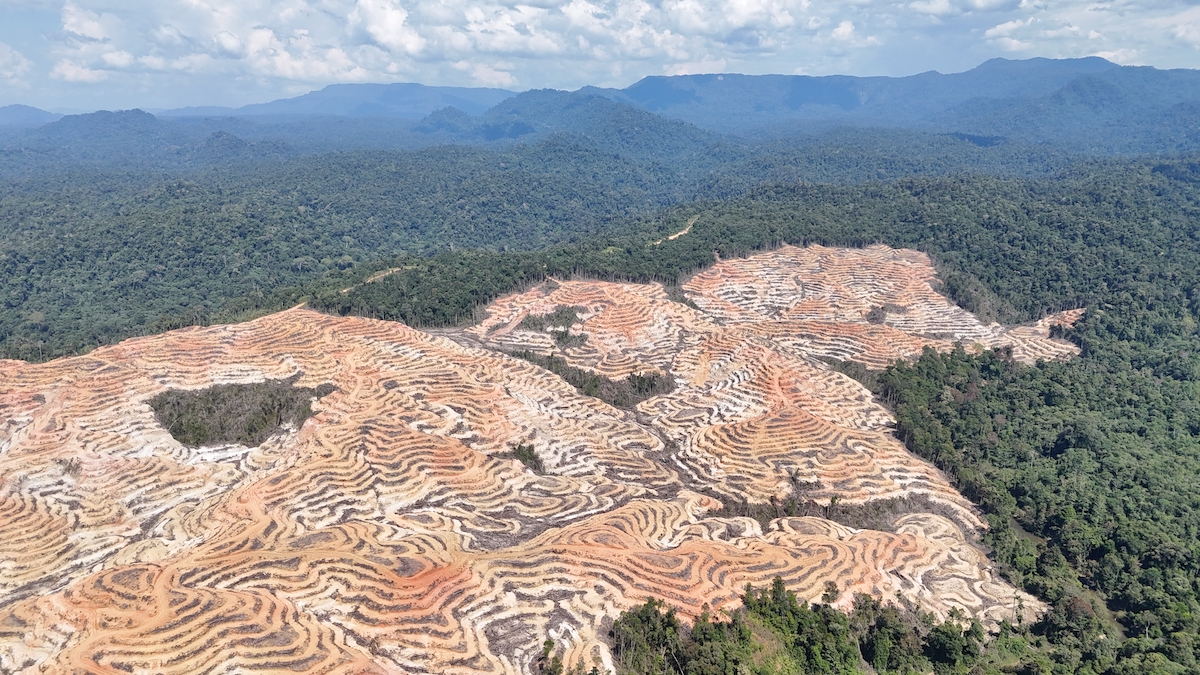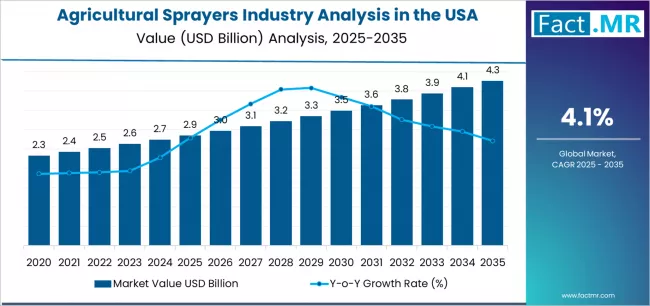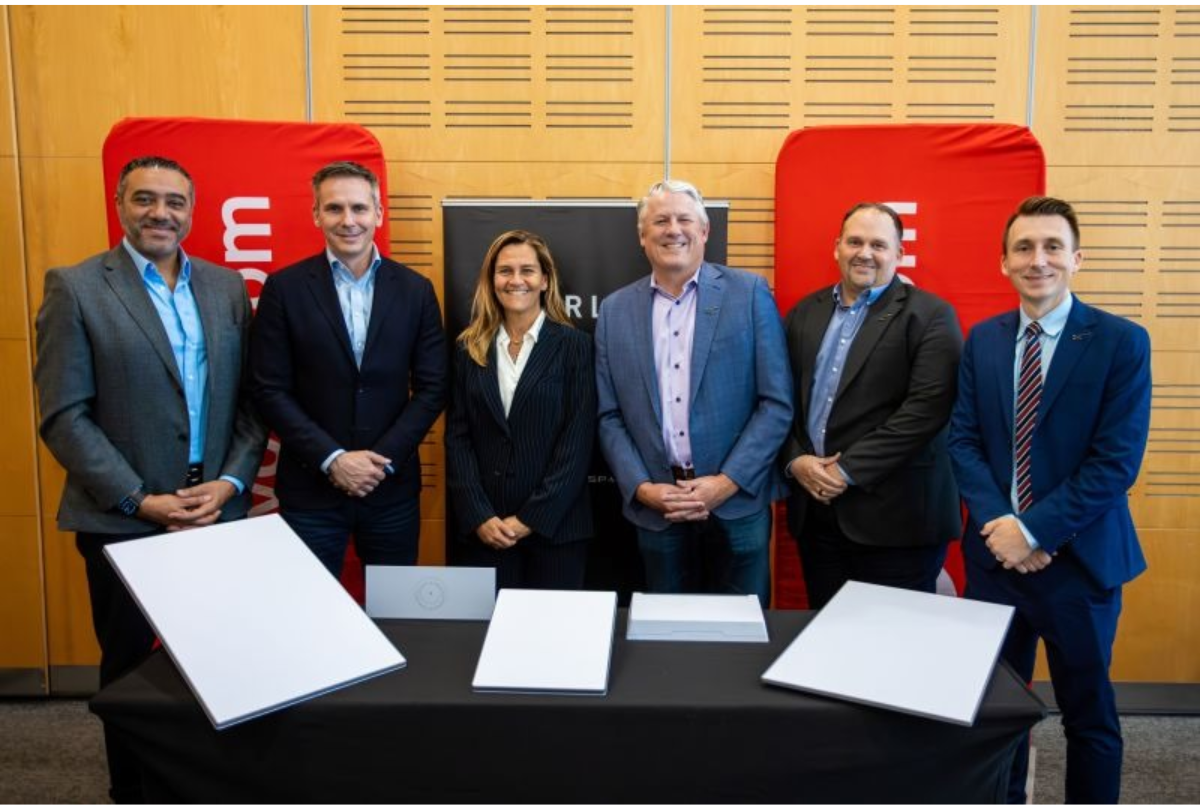Proposed wastewater treatment plant could make San Antonio’s water undrinkable, scientist says – KSAT

Report on Proposed Guajolote Ranch Wastewater Facility and Implications for Sustainable Development Goals
Executive Summary
A proposed wastewater treatment facility for the 2,900-home Guajolote Ranch development in northwest Bexar County, Texas, poses a significant threat to regional water security and the achievement of several United Nations Sustainable Development Goals (SDGs). While intended to provide sanitation for a new community, the facility’s location on the Helotes Creek watershed, which recharges the Trinity and Edwards Aquifers, creates a direct conflict with goals related to clean water, public health, and ecosystem preservation. This report analyzes the project’s potential impacts through the framework of the SDGs.
Analysis of Core SDG Conflicts
SDG 6: Clean Water and Sanitation
The project highlights a critical tension within SDG 6, which calls for both sanitation access and safe, clean drinking water for all. The proposed facility jeopardizes the latter for a major metropolitan area.
- Threat to Drinking Water: The Edwards Aquifer, which could be contaminated, supplies 15% of San Antonio’s drinking water. Researchers warn that standard wastewater treatment does not purify water to a potable standard.
- Risk of System Failure: Experts note that wastewater treatment facilities frequently fail, and any such failure could rapidly introduce contaminants into the public water supply and private wells.
- Inadequate Sanitation Solution: The proposed solution fails to account for the unique environmental sensitivities of the location, thereby undermining the goal of safely managed sanitation services.
SDG 3: Good Health and Well-being
The potential contamination of a primary water source directly threatens public health, a cornerstone of SDG 3.
- Chemical Contamination: Chemicals used in the treatment process, as well as untreated pollutants, could be introduced into the water supply. Experts have raised concerns about the potential for these contaminants to be carcinogenic.
- Rapid Contamination Spread: Due to the geology of the aquifer, contaminated water could reach residential wells within days, posing an immediate health risk to the local population.
Impacts on Environmental and Community Sustainability
SDG 14 (Life Below Water) and SDG 15 (Life on Land)
The project is situated in a delicate ecological area, and its implementation could have irreversible consequences for local ecosystems.
- Unique Aquifer Geology: Unlike sand or mud-based aquifers that provide natural filtration, the Trinity and Edwards Aquifers are composed of limestone. This karstic geology allows water to flow rapidly through cracks and fissures without natural purification.
- Pollutant Accumulation: The lack of natural filtration means that contaminated effluent from the plant would flow with little dilution, allowing pollutants to accumulate in the watershed and aquifer over time, harming aquatic and terrestrial life.
SDG 11 (Sustainable Cities and Communities) and SDG 16 (Peace, Justice and Strong Institutions)
The controversy surrounding the Guajolote Ranch development questions the principles of sustainable urban growth and effective, accountable governance.
- Unsustainable Development: The project prioritizes housing expansion without adequately ensuring the long-term resilience and safety of the community’s most critical resource: water. This challenges the core tenets of SDG 11.
- Regulatory Gaps: Critics, including local residents, argue that the Texas Commission on Environmental Quality (TCEQ) applies a generic, “one-size-fits-all” regulatory framework that is inadequate for protecting sensitive limestone aquifers. This points to a weakness in institutional governance (SDG 16).
- Ongoing Review: The permit’s approval, recommended by state administrative law judges, is currently under final review by the TCEQ, with community groups like the Scenic Loop-Helotes Creek Alliance actively opposing the decision, seeking environmental justice.
SDGs Addressed in the Article
- SDG 3: Good Health and Well-being
- SDG 6: Clean Water and Sanitation
- SDG 11: Sustainable Cities and Communities
- SDG 12: Responsible Consumption and Production
- SDG 15: Life on Land
- SDG 16: Peace, Justice and Strong Institutions
Specific SDG Targets Identified
-
SDG 3: Good Health and Well-being
- Target 3.9: By 2030, substantially reduce the number of deaths and illnesses from hazardous chemicals and air, water and soil pollution and contamination.
Explanation: The article directly connects the proposed wastewater plant to health risks, stating that the water could become “unsafe to drink.” It also highlights that the chemicals used in the treatment process “could be harmful and potentially cause cancer,” which directly relates to reducing illnesses from water pollution and chemical contamination.
- Target 3.9: By 2030, substantially reduce the number of deaths and illnesses from hazardous chemicals and air, water and soil pollution and contamination.
-
SDG 6: Clean Water and Sanitation
- Target 6.1: By 2030, achieve universal and equitable access to safe and affordable drinking water for all.
Explanation: The article warns that the project “could make San Antonio’s water unsafe to drink” and that contamination of the Edwards Aquifer would threaten “the source for 15% of San Antonio’s drinking water.” This directly addresses the challenge of maintaining access to safe drinking water for a large population. - Target 6.3: By 2030, improve water quality by reducing pollution, eliminating dumping and minimizing release of hazardous chemicals and materials, halving the proportion of untreated wastewater…
Explanation: The central issue is the potential pollution from the wastewater treatment facility. A researcher states the process “does not purify the water to the point where it supports human consumption,” and that “contaminated water is constantly, constantly flowing with little to no dilution effect.” This points to the failure to adequately treat wastewater and reduce the release of pollutants. - Target 6.5: By 2030, implement integrated water resources management at all levels…
Explanation: The conflict involves a new development, a wastewater facility, a delicate watershed (Helotes Creek), and two vital aquifers (Trinity and Edwards). The complaint that the Texas Commission on Environmental Quality (TCEQ) applies a “generic rule to every river in Texas” that is “inadequate for this application” highlights a failure in integrated and context-specific water resource management. - Target 6.b: Support and strengthen the participation of local communities in improving water and sanitation management.
Explanation: The article shows active community participation, noting that “northwest Bexar County residents are trying to spread the word about the damage that could be caused by the project.” The involvement of groups like the “Scenic Loop-Helotes Creek Alliance” in monitoring the commission’s review process exemplifies this target.
- Target 6.1: By 2030, achieve universal and equitable access to safe and affordable drinking water for all.
-
SDG 11: Sustainable Cities and Communities
- Target 11.6: By 2030, reduce the adverse per capita environmental impact of cities, including by paying special attention to… municipal and other waste management.
Explanation: The problem originates from a large urban development project, the “2,900-home project, Guajolote Ranch.” The associated wastewater treatment facility and its potential to pollute the local water supply represent a significant adverse environmental impact stemming from urban expansion and its waste management challenges.
- Target 11.6: By 2030, reduce the adverse per capita environmental impact of cities, including by paying special attention to… municipal and other waste management.
-
SDG 12: Responsible Consumption and Production
- Target 12.4: By 2020, achieve the environmentally sound management of chemicals and all wastes throughout their life cycle… and significantly reduce their release to… water and soil…
Explanation: The article raises concerns about the “chemicals used in the process” of wastewater treatment and the potential for “contaminated water” to be released into the watershed. This directly relates to the management of chemical waste and its release into the environment.
- Target 12.4: By 2020, achieve the environmentally sound management of chemicals and all wastes throughout their life cycle… and significantly reduce their release to… water and soil…
-
SDG 15: Life on Land
- Target 15.1: By 2020, ensure the conservation, restoration and sustainable use of terrestrial and inland freshwater ecosystems and their services…
Explanation: The article emphasizes the “ecological impact” on the “extremely delicate” Helotes Creek watershed. It describes the unique geology of the Trinity and Edwards aquifers, which are made of limestone and lack natural filtration, making them vulnerable. Protecting these inland freshwater ecosystems is the core of this target.
- Target 15.1: By 2020, ensure the conservation, restoration and sustainable use of terrestrial and inland freshwater ecosystems and their services…
-
SDG 16: Peace, Justice and Strong Institutions
- Target 16.7: Ensure responsive, inclusive, participatory and representative decision-making at all levels.
Explanation: The article details the conflict between residents, scientific experts, and the regulatory body (TCEQ). A resident criticizes the TCEQ for having “one rule” that is “inadequate for this application,” suggesting the institution is not being responsive to local conditions. The ongoing review and potential for “further legal battles” highlight the struggle for responsive and inclusive decision-making.
- Target 16.7: Ensure responsive, inclusive, participatory and representative decision-making at all levels.
Implied Indicators for Measuring Progress
-
For Targets 6.1 and 6.3
- Indicator: Proportion of population using safely managed drinking water services.
Explanation: The article implies this indicator by stating that 15% of San Antonio’s drinking water source is at risk. Progress would be measured by ensuring this water source remains uncontaminated and safe. - Indicator: Proportion of wastewater safely treated.
Explanation: The expert’s claim that the “wastewater treatment process does not purify the water to the point where it supports human consumption” directly implies the need to measure the effectiveness and safety of the treatment process. - Indicator: Ambient water quality in the Trinity and Edwards aquifers.
Explanation: The concern that “contaminated water is constantly, constantly flowing with little to no dilution effect” suggests that monitoring the levels of pollutants and chemicals in the aquifer’s water is a critical indicator of environmental health and safety.
- Indicator: Proportion of population using safely managed drinking water services.
-
For Target 3.9
- Indicator: Mortality/morbidity rate attributed to unsafe water.
Explanation: The article implies this by warning that chemicals used in the process could “potentially cause cancer.” Tracking health outcomes in the affected population would be a long-term indicator of whether this risk was managed.
- Indicator: Mortality/morbidity rate attributed to unsafe water.
-
For Target 15.1
- Indicator: Health and integrity of the Helotes Creek watershed and associated aquifers.
Explanation: The article’s focus on the “ecological impact” and the “extremely delicate” nature of the watershed implies that its ecological status should be monitored. This would involve measuring factors like biodiversity, water flow, and pollution levels to assess the conservation status of this freshwater ecosystem.
- Indicator: Health and integrity of the Helotes Creek watershed and associated aquifers.
-
For Target 16.7
- Indicator: The final permit decision by the TCEQ and whether it incorporates community and scientific concerns.
Explanation: The article frames the entire issue around the pending approval from the TCEQ. The outcome—whether the permit is denied, approved as is, or approved with stricter, site-specific regulations—will serve as a direct indicator of how responsive and inclusive the commission’s decision-making process is.
- Indicator: The final permit decision by the TCEQ and whether it incorporates community and scientific concerns.
SDGs, Targets, and Indicators Analysis
| SDGs | Targets | Indicators (Implied from Article) |
|---|---|---|
| SDG 3: Good Health and Well-being | 3.9: Reduce illnesses from hazardous chemicals and water pollution. | Level of harmful chemicals in the water supply; incidence of water-related illnesses. |
| SDG 6: Clean Water and Sanitation | 6.1: Achieve access to safe drinking water. | Safety and quality of the 15% of San Antonio’s drinking water sourced from the Edwards Aquifer. |
| 6.3: Improve water quality by reducing pollution and untreated wastewater. | Proportion of wastewater from the plant that is safely treated; ambient water quality of the Helotes Creek and aquifers. | |
| 6.5: Implement integrated water resources management. | Adoption of aquifer-specific regulations instead of a “generic rule.” | |
| 6.b: Strengthen participation of local communities. | Influence of community groups (e.g., Scenic Loop-Helotes Creek Alliance) on the final permit decision. | |
| SDG 11: Sustainable Cities and Communities | 11.6: Reduce the adverse environmental impact of cities (waste management). | Level of water pollution generated per capita by the new Guajolote Ranch development. |
| SDG 12: Responsible Consumption and Production | 12.4: Environmentally sound management of chemicals and wastes. | Measurement of chemical release from the wastewater facility into the watershed. |
| SDG 15: Life on Land | 15.1: Ensure the conservation of inland freshwater ecosystems. | Ecological health and integrity of the Helotes Creek watershed and Trinity/Edwards aquifers. |
| SDG 16: Peace, Justice and Strong Institutions | 16.7: Ensure responsive, inclusive, and participatory decision-making. | The final TCEQ permit decision and whether it reflects community and scientific input. |
Source: ksat.com

What is Your Reaction?
 Like
0
Like
0
 Dislike
0
Dislike
0
 Love
0
Love
0
 Funny
0
Funny
0
 Angry
0
Angry
0
 Sad
0
Sad
0
 Wow
0
Wow
0





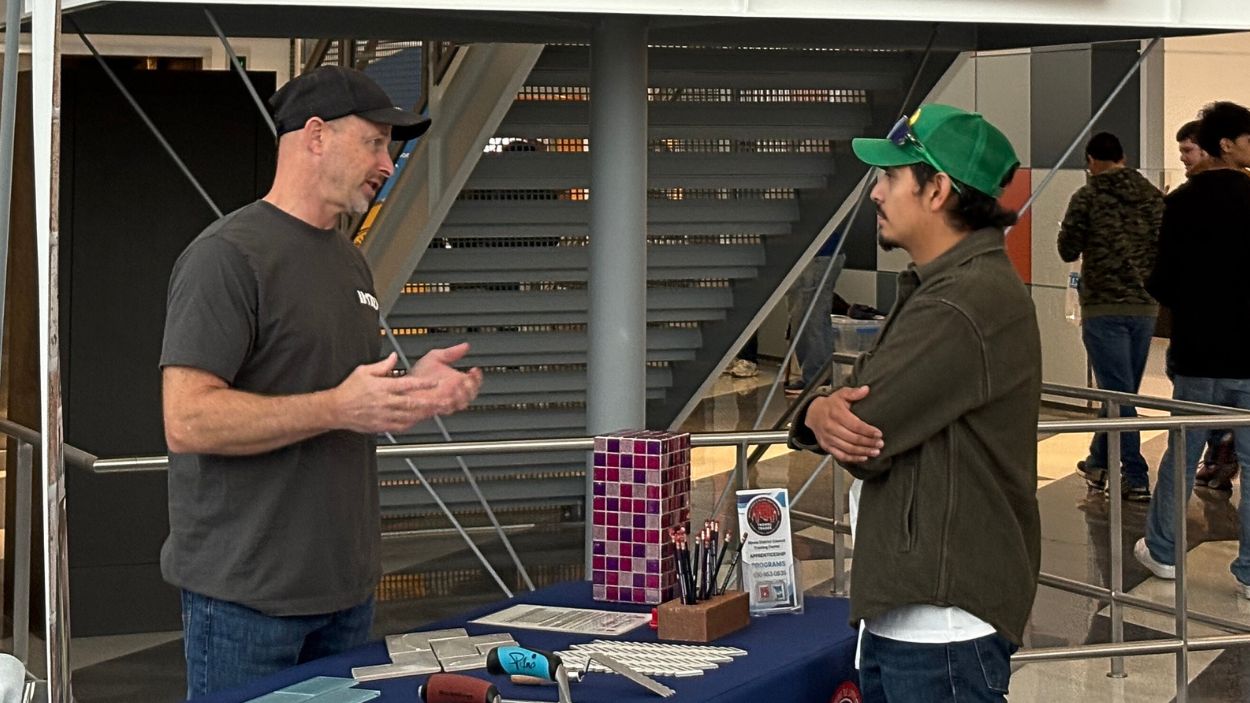

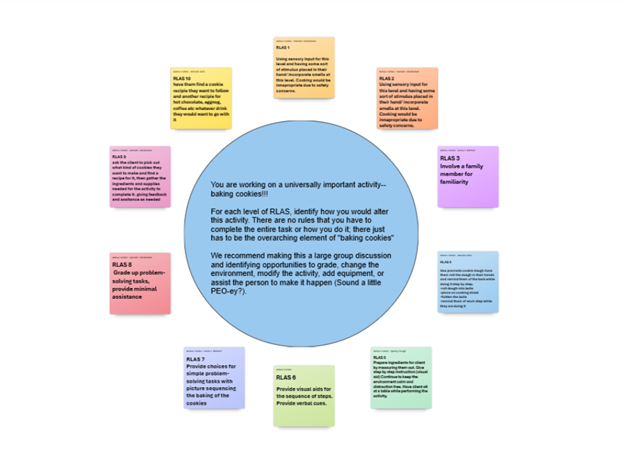
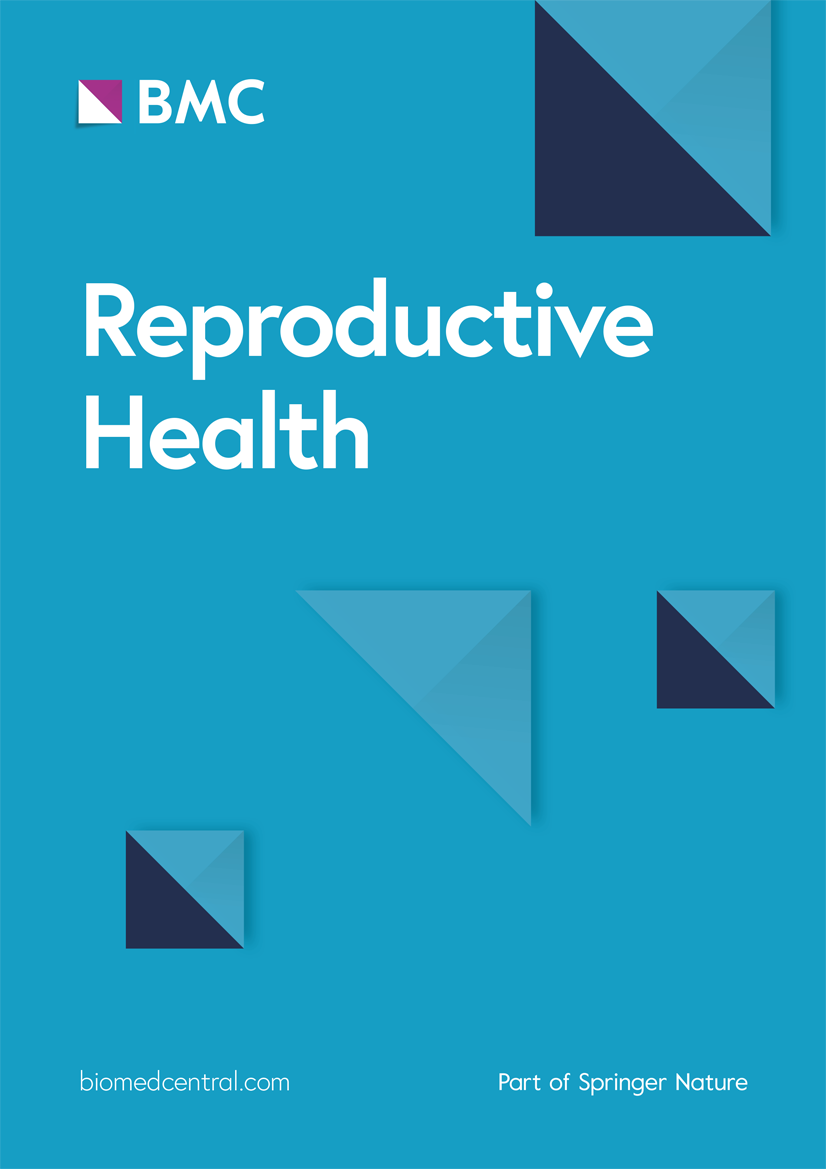


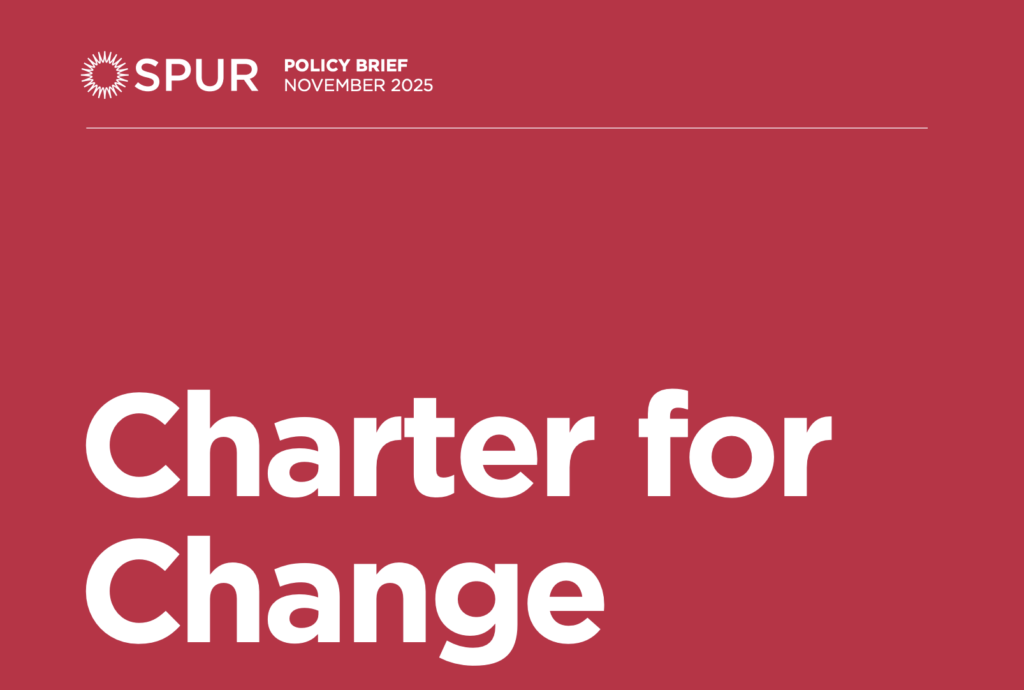
















.jpg?#)
